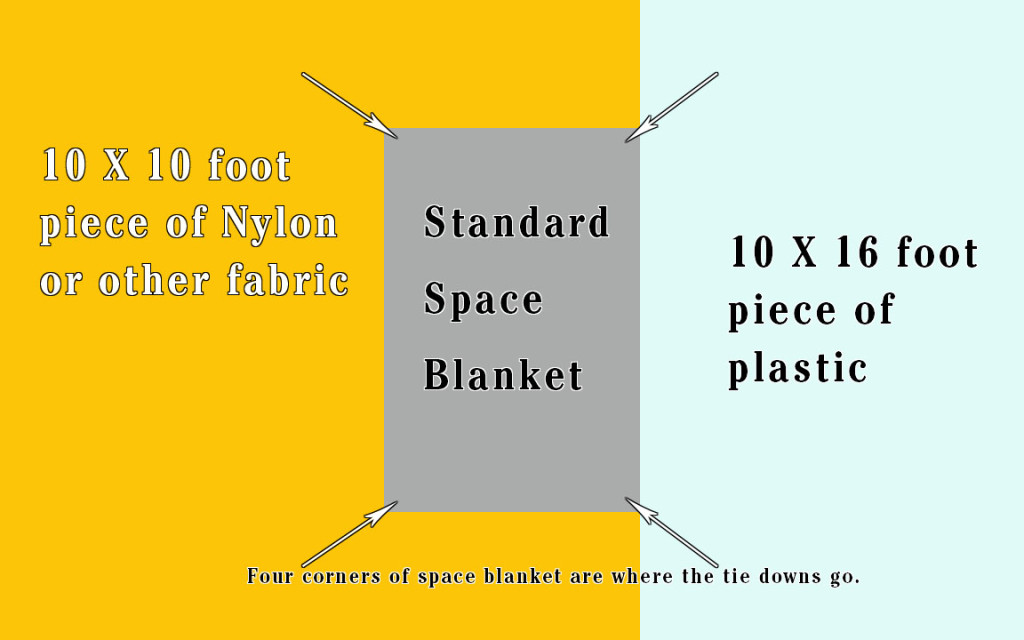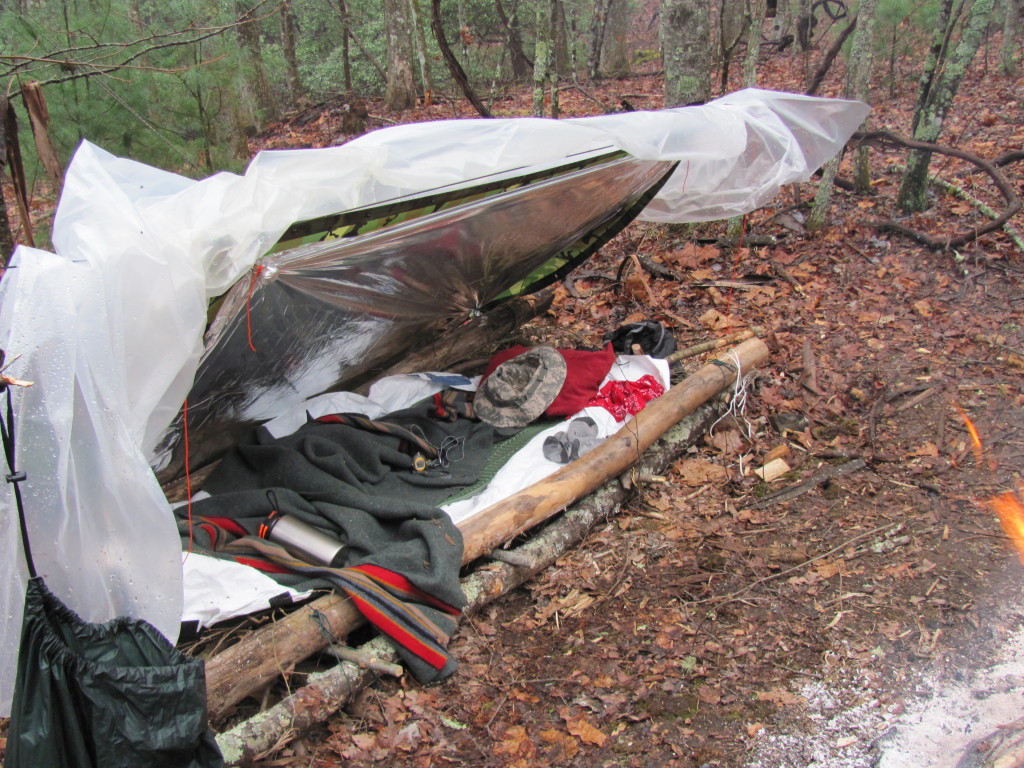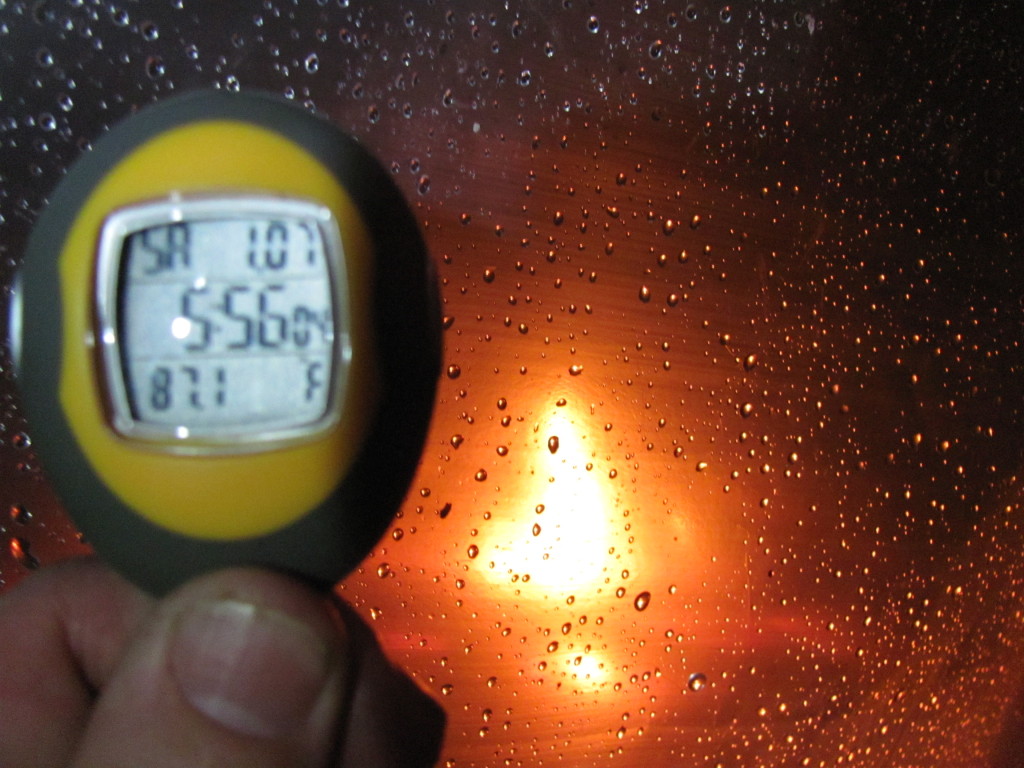I recently took a winter course with Mors Kochanski at Karamat Wilderness Ways. We covered many different shelter types, but one in particular caught my attention.
One of the things that Mors Kochanski has done with wilderness shelters is to update them with modern materials. A piece of plastic, a piece of nylon and a Mylar space blanket combined over a wood frame was a leap forward in semi-permanent wilderness shelters. Dubbed the ‘Supershelter’, it can be modified to just about any configuration and comfortably sleep many people in the coldest of winters. The addition of a wood burning stove to a Supershelter will make it every bit as warm as your house.
The next version of the Supershelter to come into existence was naturally portable. The portable Supershelter is built on a frame something like a travois so it can be hauled around at your leisure.
Kelly Harlton, one of the instructors at Karamat Wilderness Ways, has taken the portability one step further. He eliminated the frame, leaving behind a compact roll of material weighing less than 3 pounds!
The Harlton Hacienda rolls up as small as a bedroll and will keep you warm and dry in just about any conditions imaginable.
It is built by taking a 10 X 16 foot piece of plastic and laying it out on the ground. On top of the plastic you lay a 10 X 10 foot piece of fabric. Nylon works very well but can be expensive. You can buy old parachutes fairly inexpensively relatively to new nylon cloth and it is lightweight. The end of the plastic overlaps the nylon by 6 feet to allow for a window. On top of the nylon fabric you place a simple space blanket, roughly centered. The four corners of the space blanket serve as anchor points to build the shelter.
Set up is quick and easy. A guy line is run between two trees. The front 2 anchor points on the space blanket are tied to this line.
Next the back two anchor points are guyed out so that the roof forms an angle. A fire is then built one pace away from the front of the shelter. The infrared radiation from the fire passes through the clear plastic and hits the Mylar blanket. The radiation is reflected down upon the sleeper and all of this heat is contained in a nice greenhouse like structure.
It can get a bit humid inside of a Harlton Hacienda and the nylon is there to capture the moisture and wick it away.
How can you beat an inexpensive shelter that weighs 3 pounds or less, packs up small and will keep you toasty warm in even the coldest weather?
If you are interested, here is a short video on the construction of a Harlton Hacienda.
——————————————————————————————————-
Editor’s Note: Thanks Kyle for another great article. Kyle’s YouTube Channel.
Personally a fan of the Supershelter but have never tried the Harlton version. Will definitely add that to the quiver. Below is a picture of one I have previously done and video with Cody Lundin speaking to some of the benefits…
Cody Lundin speaking to some of the benefits of a Supershelter. In this application the shelter would hold as many as 7 at a time.








3 Responses to The Harlton Hacienda (Supershelter) By Kyle R. Ver Steeg II, M.D.